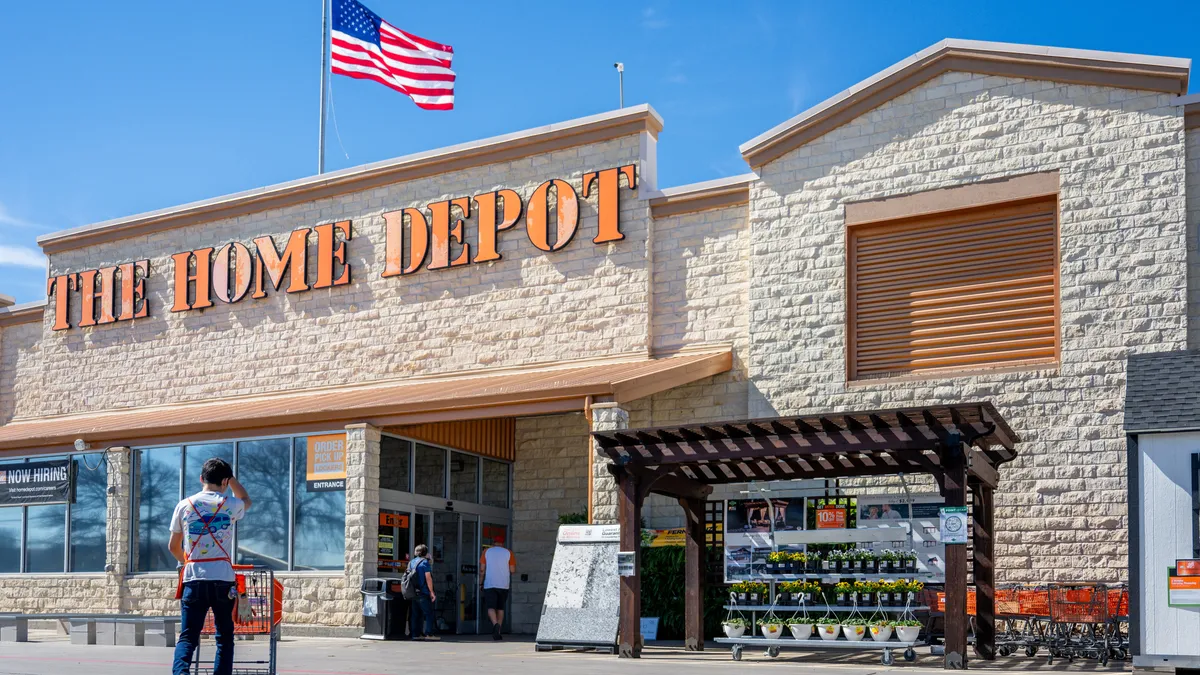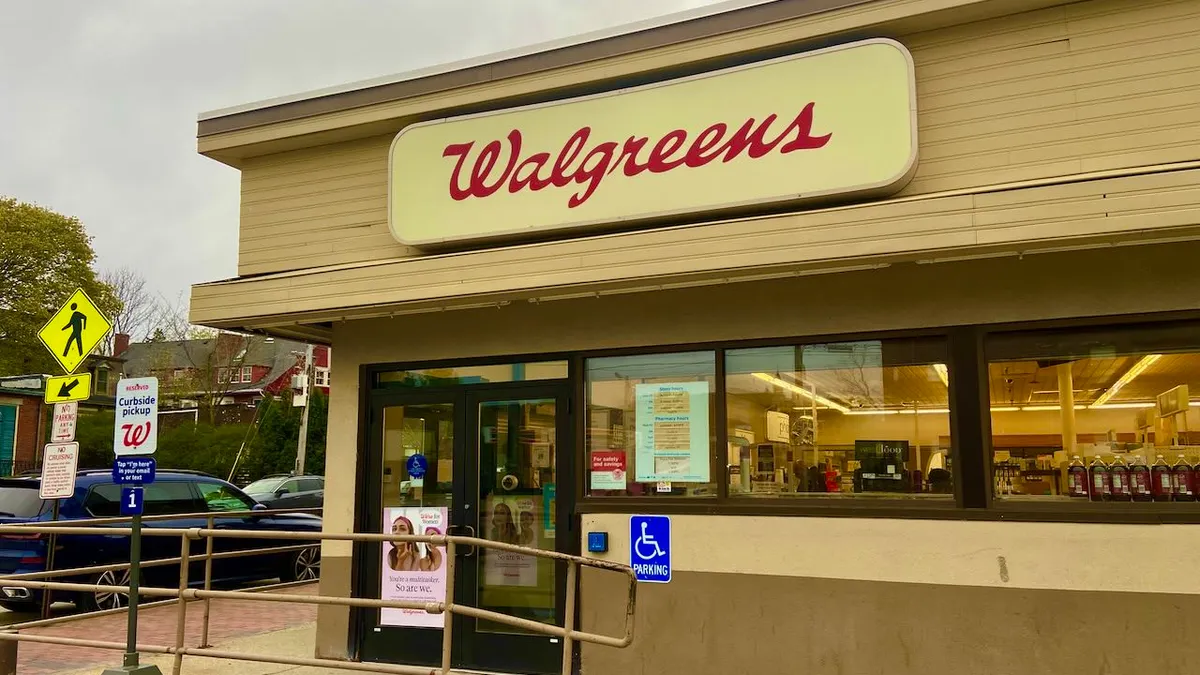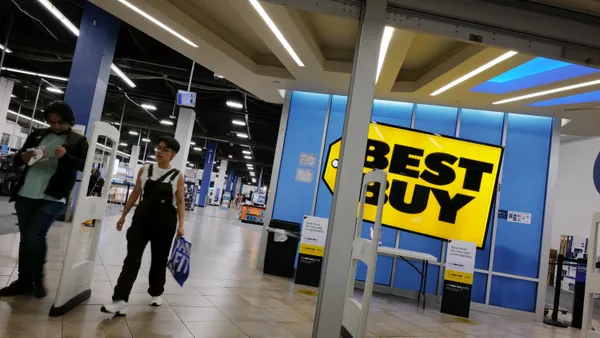Last month, history was made as the U.S. and Europe lifted resource and financial sanctions that had been imposed on Iran. On Jan. 16, those nations released some $100 billion of Iranian assets after international inspectors declared their assessment that Iran had indeed dismantled major portions of its nuclear program.
The effect of that, in terms of commerce, was immediately evident, as Iranian president Hassan Rouhani and several Iranian businesspeople took a tour of Rome and Paris, inking deals along the way worth billions. Most such deals involved big ticket items like oil deals, aircraft, and automobiles.
Before Rouhani left Paris, for example, he ordered several jetliners, including superjumbos, to replace much of the country's aging fleet, signed agreements with businesses to help upgrade and expand airports in three Iranian cities, and signed an agreement with the automaker Peugeot Citroen to modernize a factory in Tehran.
With all this new industry, we wonder: what’s the outlook for U.S. retail? The new deal has cleared the way for billions of dollars in new trade—but U.S. retailers won’t be privy to the new openness any time soon.
Pent-up demand
Even after a decade of sanctions, Iran’s economy is the second largest in the Middle East/North Africa region, according to Kantar retail insights. Its population of more than 80 million includes a large number of retail’s dream market: the young, urban, and well educated. Nearly three quarters (73%) of the population is urban and more than 60% are younger than 30, according to Kantar.
What’s more, there is a hunger for many Westernized products, including many the world views as “American.”
“You walk down the streets of Tehran and what do you see? Burger places, imitation Nike sneakers,” Ardavan Amir-Aslani, a Iranian-French lawyer in Paris who consults with French companies doing business with Iran, told Fortune magazine. “Millions of Iranians go back and forth to the U.S., it’s the place Iranians most identify with. There is a craving for American consumer goods, anything American. They all dream of America.”
And, as in India, younger middle-class Iranians are a mobile-first generation, having skipped the e-commerce phase that occurred in the U.K., the U.S., and elsewhere, where people have been used to shopping on desktops and laptops rather than phones, says Henry Burrows, who runs Blueprint Risk Advisory, a U.K. risk-assessment consultancy for companies including retailers, specializing in Southeast Asia.
"That skews the demand for U.S. brands," Burrows told Retail Dive. "They have access to Facebook and Twitter, so you have that demand for some of the higher end products, and Apple is particularly sought after."
Opportunities for foreign retail
Fast-food companies may be the first to try to establish themselves in Iran. But, says Burrows, they and other retailers will run up against local competition with similar branding that have strong government support.
"The way the retail market tends to work once retail regulations have been changed, or in this case sanctions lifted, fast-food and low-end retailers tend to go first," Burrows told Retail Dive. "These companies have a structure that makes it relatively easy to move in, although I would say that the bureaucracy in Iran could make it troubling for big American retailers."
The local retailers have "quite strong political connections as well," he says. With a strong middle class emerging in Iran, consumer goods companies and retailers will likely more easily and quickly find favor, compared to luxury brands, which will likely be looking at their longer-term prospects there, he said.
Several U.S. retailers have taken notice of those attractive demographics and such cultural appeal. Even before sanctions were lifted, Apple, for example, reportedly began exploring selling its products in Iran through franchises, an approach it used in India, (until rules there were changed to allow foreign retailers to sell goods not majority-sourced there), and elsewhere.
A few European retailers—including Spanish apparel retailer Mango, Italian apparel retailer Benetton, and luxury women's apparel retailer Escada—have managed to find a back-door way to establish stores in Iran already. Other foreign labels, especially luxury goods like Burberry, Louis Vuitton, and Dolce & Gabbana, can also be found for sale in the country in black and grey markets, and many Iranians travel and buy prized brands abroad. Plus, American-style malls are proliferating and increasingly favored by younger shoppers over the more traditional markets.
But establishing a foreign retail business in Iran has many known barriers, as well as many uncertainties.
Remaining obstacles
While European retailers will likely see the gates open to investments, including establishing stores, in Iran, American companies still face legal barriers that Congress has so far refused to dismantle.
So, while it was President Barack Obama and the U.S. that worked to lift sanctions, it will likely be European and Asian companies, including retailers, that benefit the most.
“It’s ironic that the U.S. pushed for the nuclear deal and lifted the sanction, but actually American companies are the largest loser of the nuclear deal,” Harvard University Middle East professor Majid Rafizadeh told Marketplace. Yet “if American companies, like Microsoft or Apple, were allowed to operate in Iran, they would have really better edge over European companies.”
There are a few changes; Americans can now legally import and buy Iranian carpets, caviar, and pistachios, for example. But, while the likes of Apple and McDonalds are exploring ways to capitalize on Iranians’ already existing fandom, complying with the new rules, which for Americans are a lot like the old rules, will be difficult, experts say.
"The primary embargo the U.S. has on Iran that prohibits virtually all trade between U.S. companies and Iran is still in place,” John Hughes, senior director at the Albright Stonebridge Group and a former State Department official who worked on sanctions, told CNN. “It was never on the table for the deal.”
Even European retailers, though, will face cultural and political challenges that will require sensitivity in sales and marketing. While men in Iran dress in Western-style garb, for example, women in public are required to dress modestly and cover their heads. That means that mannequins or photos show likewise modest clothing, or apparel has to be photographed on its own.
Western retailers that flout the rules can be shut down if the country’s culture commission deems stores or their goods a bad influence on Iranian women, according to Italian news agency Adnkronos, and Benneton and other retailers have faced such issues in the past. And fashion media online and print have been blocked or confiscated.
Figuring out how to work the bureaucracy and maze of helpful political connections is a tricky business in any foreign country, much less one that hasn't been open to much foreign commerce for a while. While bribery is against U.S. law, for example, there are grey areas, and the U.S. Justice Department has a guide, though not yet one for Iran.
American brands in particular may run up against a tricky political outlook among the government and even older Iranians, whose memories are still affected by the political difficulties between the two countries stemming from 1979, says Burrows.
"It's not going to be straightforward by any means," Burrows says. "There's a massive disconnect between the religious right in Iran and the older population who still remember the early 80s, and the younger population that don’t have that on their shoulders and who are less likely to view America in the same negative way. But for retailers to compete in the marketplace, there are a lot of unanswered questions and considerations."
Even for the European brands that get the green light, things will take time and there may be many surprises after such a long time without conventional branded retail trade in the country, Paris-based Iranian fashion designer, blogger, and entrepreneur Araz Fazaeli told the Business of Fashion in September.
“It will take time and things are still very uncertain.” Fazaeli, who runs the influential style blog The Tehran Times, told the Business of Fashion. “It would be smart for international brands like Zara and H&M to come in [as soon as possible] not just because of this, but because their prices serve the Iranian majority and are culturally less challenging…One thing you have to remember, the more closed the society is, the more you should expect the unexpected.”




















